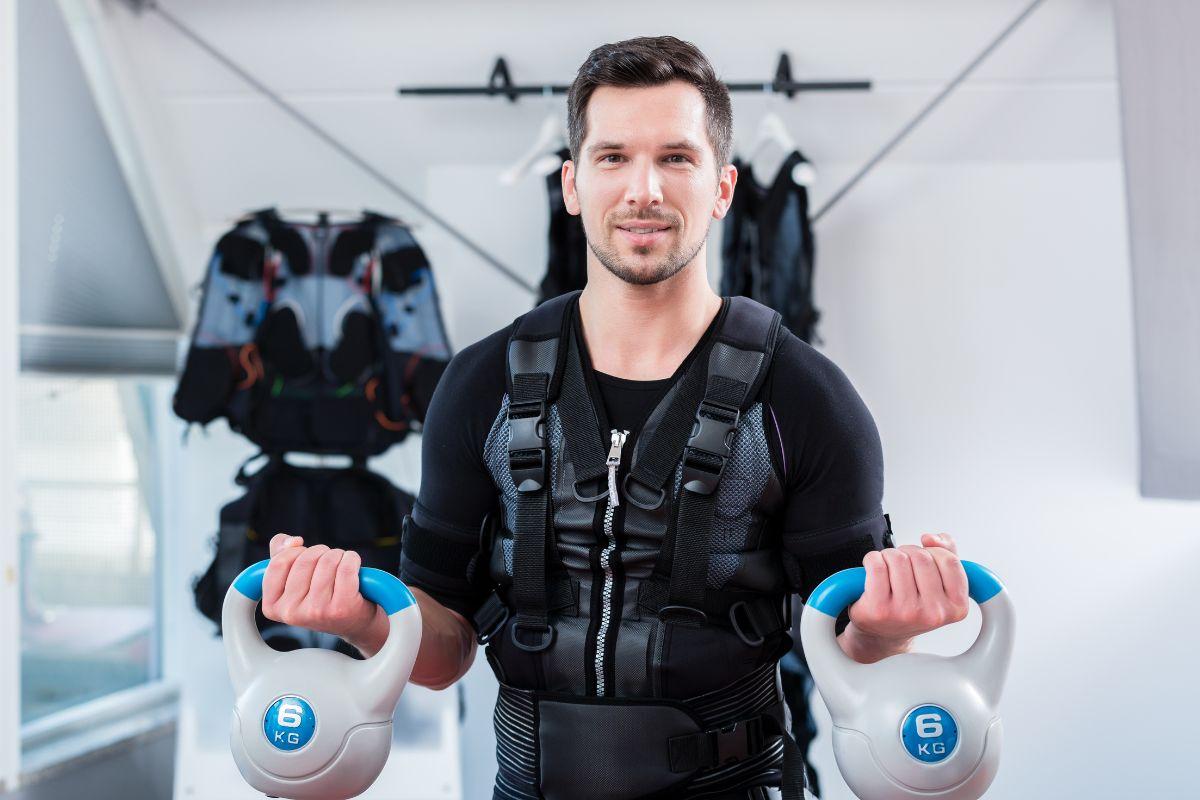In the pursuit of attaining a toned physique and boosting muscle strength, many individuals are exploring cutting-edge technologies like Electrical Muscle Stimulation (EMS) trainers. These devices have surged in popularity due to their capacity to activate muscles using electrical impulses, replicating the natural muscle contractions experienced during physical workouts. However, despite the promising benefits offered by EMS muscle trainers, it’s crucial to grasp the safety protocols and precautions linked to their usage. This understanding is vital for averting any potential adverse effects and optimizing their efficacy. By adhering to proper safety guidelines, users can harness the full potential of EMS trainers while minimizing any associated risks.

Understanding EMS Muscle Trainers
EMS muscle trainers are devices that utilize electrical impulses to stimulate muscle contractions. Electrodes applied to the skin are used to send these impulses, which are directed towards certain muscle groups. The contractions induced by EMS trainers are similar to those generated during voluntary muscle movements, albeit with greater intensity and frequency.
The primary purpose of EMS muscle trainers is to supplement traditional exercise routines by providing additional muscle stimulation. They are often used by athletes, fitness enthusiasts, and individuals seeking to improve muscle strength, endurance, and overall fitness levels.
Safety Guidelines for Using EMS Muscle Trainers
- Consultation with Healthcare Professional: Before incorporating EMS muscle trainers into your fitness regimen, it is advisable to consult with a healthcare professional, especially if you have pre-existing medical conditions or concerns. Certain health conditions, such as heart disease, epilepsy, or pregnancy, may warrant caution or contraindicate the use of EMS devices.
- Follow Manufacturer Instructions: Always adhere to the manufacturer’s instructions provided with the EMS muscle trainer. These guidelines typically include information on proper usage, placement of electrodes, intensity levels, and recommended duration of sessions.
- Start Slowly: Begin with low-intensity settings and gradually increase the intensity as you become accustomed to the sensation of electrical stimulation. Overexertion or starting at high intensities can lead to discomfort or muscle fatigue.
- Limit Usage Frequency: While EMS trainers can be effective, it is essential to avoid overuse. Limit sessions to the recommended frequency, typically a few times per week, to allow muscles time to recover and prevent overtraining.
- Monitor Skin Sensations: Pay attention to how your skin reacts during EMS sessions. If you experience any redness, irritation, or discomfort, discontinue use immediately and assess the placement of electrodes and intensity levels.
- Avoid Placement on Certain Areas: Certain areas of the body, such as the head, neck, chest (over the heart), and genital region, should not be targeted with EMS stimulation. Additionally, avoid placing electrodes over areas with open wounds, burns, or skin lesions.
- Hydration: Maintain adequate hydration before, during, and after EMS sessions. Proper hydration supports muscle function and can help minimize the risk of cramping or discomfort.
- Use Gel or Water: Ensure proper conductivity by applying conductive gel or water to the electrodes before use. This helps optimize the transmission of electrical impulses and enhances the effectiveness of the EMS muscle trainer.
- Do Not Use During Certain Activities: Avoid using EMS muscle trainers during activities that require concentration or coordination, such as driving or operating machinery. The involuntary muscle contractions induced by EMS devices can impair motor skills and pose safety risks in such situations.
- Store Properly: Store EMS muscle trainers in a cool, dry place, away from direct sunlight and moisture. Follow any specific storage instructions provided by the manufacturer to prolong the lifespan of the device and maintain its functionality.
Precautions for Specific Populations
- Pregnant Women: EMS muscle trainers are not recommended for use during pregnancy due to the potential effects of electrical stimulation on fetal development. Consult with a healthcare provider before considering any form of electrical stimulation during pregnancy.
- Individuals with Implants or Medical Devices: If you have implanted medical devices such as pacemakers, defibrillators, or nerve stimulators, consult with a healthcare professional before using EMS muscle trainers. Electrical stimulation may interfere with the functioning of these devices or cause unintended side effects.
- Children: EMS muscle trainers are not intended for use by children without proper supervision and guidance from a healthcare professional. Children have developing bodies, and the effects of electrical stimulation may differ from those experienced by adults.
Conclusion
EMS muscle trainers provide a convenient and efficient method for improving muscle strength and fitness levels. However, ensuring their safe and responsible use is crucial to minimize potential risks and maximize benefits. Adhering to recommended safety protocols and precautions enables individuals to integrate EMS muscle trainers into their fitness regimens confidently, ensuring they optimize workouts while prioritizing well-being. Consulting with a healthcare professional regarding any concerns or underlying medical conditions before using EMS muscle trainers is essential. With diligent care and attention, these devices can become valuable assets in safely and effectively achieving fitness goals. Remember, responsible usage and adherence to safety guidelines are key to unlocking the full potential of EMS muscle trainers for a healthier, stronger you.


